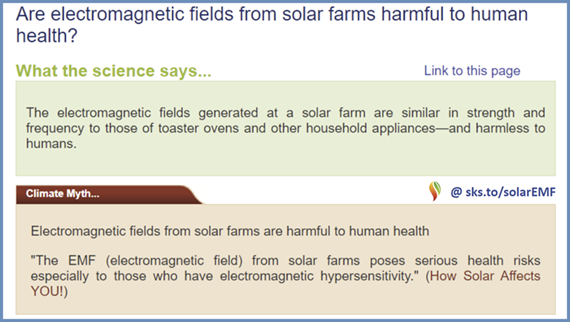EJIHPE, Vol. 13, Pages 986-999: The Impact of Sociodemographic, Macroeconomic, and Health Status and Resources on Infant Mortality Rates in Oman: Evidence from 1980 to 2022
European Journal of Investigation in Health, Psychology and Education doi: 10.3390/ejihpe13060075
Authors: Rawaa Abubakr Abuelgassim Eltayib Mohammed Al-Azri Moon Fai Chan
Background: The infant mortality rate (IMR) is an important reflection of the well-being of infants and the overall health of the population. This study aims to examine the macroeconomic (ME), sociodemographic (SD), and health status and resources (HSR) effects on IMR, as well as how they may interact with each other. Methods: A retrospective time-series study using yearly data for Oman from 1980 to 2022. Partial Least Squares-Structural Equation Modelling (PLS-SEM) was utilized to develop the exploratory model of the determinants of IMR. Results: The model indicates that HSR determinants directly, but negatively, affect IMR (β = −0.617, p < 0.001). SD directly and positively affects IMR (β = 0.447, p < 0.001). ME only indirectly affects IMR (β = −0.854, p < 0.001). ME determinants also exert some direct influences on both HSR (β = 0.722, p < 0.001) and SD (β = −0.916, p < 0.001) determinants. Conclusions: This study has indicated that IMR is a multi-faceted issue. It also highlighted the interplay of numerous variables and their influence on IMR, particularly the role that social status, the health sector, and the wealth of the country and its population play in reducing IMR. These findings indicate that an integrated policy that addresses socioeconomic and health-related factors and the overall ME environment is necessary for the health and well-being of the children and the population overall in Oman.

 1 year ago
31
1 year ago
31

